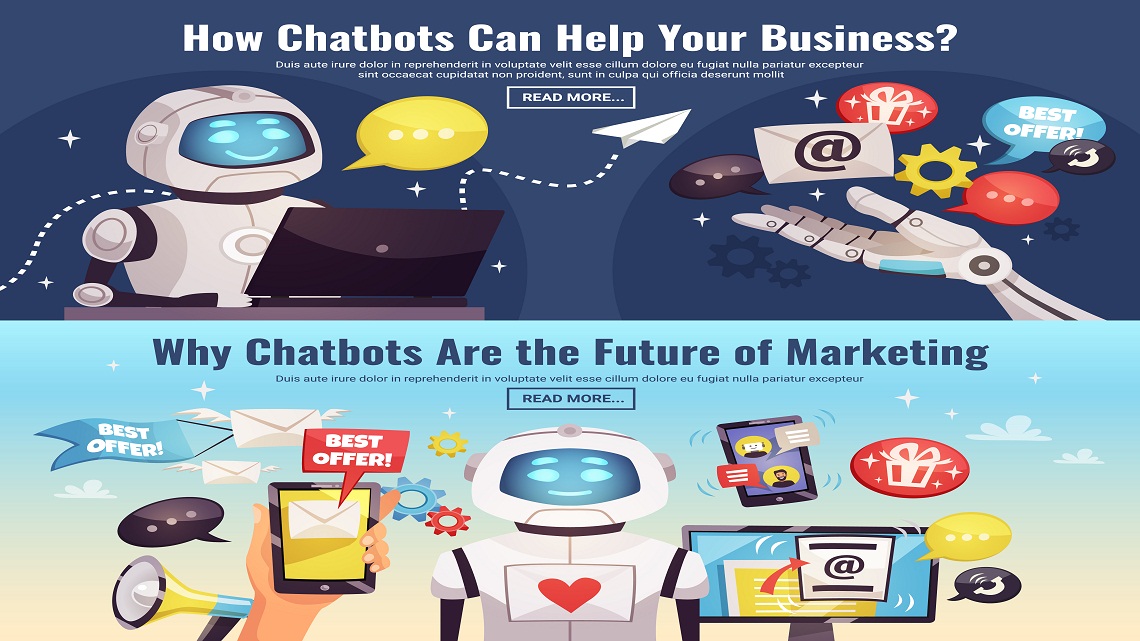
Chatbots have evolved well beyond scripted responses and are currently transforming the overall perspective on business communication. Therefore, for organizations, it’s no longer a subjective choice of whether chatbots create value. The application of chatbots can strongly propel efficiency, intelligence, and scalability in business. From enhancing customer interactions to transforming internal workflows, chatbots are persisting as strategic assets. To effectively create a competitive edge with this integration, organizations need to understand chatbot’s existing capabilities and where this technology is headed. Organizations committed to competing in a landscape where speed and personalization are predominant aims have compelling reasons to explore chatbot in business communication.
What is the Current Role of Chatbots in Business Communication?
A chatbot is a software application powered by artificial intelligence that enables a computer to imitate human-like conversations either by text or voice. A chatbot automates frequently executed contacts, provides instant communications, and connects with backend enterprise functions. It can be utilized to fulfil customer care, employee assistance, sales support, feedback and such functions related to business communication. In addition, chatbots also produce actionable data, both internally and externally, support businesses in improving communication flow.
Strategic Benefits of Chatbots for Business Communication
- 24/7 Availability & Instant Responses
Chatbots provide an around-the-clock service, accommodating customers’ global expectations without compromising efficiency in terms of resources spent.
- Streamlined Internal Communication
By leveraging bot assistants, the workforce can perform troubleshooting IT issues or submitting HR questions such tasks. This helps significantly save time and also improves productivity.
- Operational Efficiency & Cost Savings
Chatbots eliminate repetitive tasks. Instead of incurring support costs, businesses can free human agents, allowing them to concentrate efforts on strategic interactions.
- Actionable Data Insights
A conversation with customers and employees generates a data set that can be valuable. Through precise utilization of data, enable a brand to explore new benchmarks on customer engagement strategies, and operational decisions.
Emerging Trends Shaping the Future of Chatbots
- Smarter NLP Capabilities
Generative AI models are delivering chatbots that will turn transactional tools into conversational partners capable of debating ambiguity, comprehending tone, and even projecting empathy. Bots of the future will be able to act, not just respond but create advisory consultative experiences.
- Omnichannel Integration
Brands who focus on one platform are actually missing out on opportunities. Chatbots in business are now expanded into omnichannel assistants that work on websites, messaging apps, social media, and wrapping all that together with enterprise collaboration tools like Slack or Teams.
Imagine a customer starting a conversation on LinkedIn, continuing it on email, and finishing it on WhatsApp, all with the same chatbot conversation. That will be the futuristic edge chats bots are delivering.
- Proactive Conversational AI
The next generation AI powered assistance will not just wait for customers to ask questions or divulge their needs. They will be able to take on a more proactive role, reminding customers when subscriptions need renewal, suggesting product upgrades, or telling users when potential problems may occur. Being proactive means that bots will be able to evolve from reactive/automated processes to relationship managers.
- Multilingual Support
As global commerce increases, chatbots will be able to make it easier for businesses to engage with customers in each session using their native language breaking down language barriers. This is crucial for B2B companies servicing multiple diverse markets.
- Scalable Personalization
Super-charged bot experiences powered by AI will give hyper-personalized experiences at scale, holding onto preferences, customizing recommendations, and contemplating the style of communication that will work best for each user. This ability to communicate with an audience compared to individuals actively builds trust, encourages competition/sales loyalty in crowded, competitive markets.
Challenges and Limitations Adopting this Shift
- Balancing automation with human touch
Complete automation of chatbots would cause problems in sensitive conversations. A balanced approach will cultivate automation according to its efficiencies in repetitive tasks while allowing humans to take care of more complex and empathetic, or sensitive situations.
- Data privacy and compliance concerns
Chatbots deal with high quantities of data, both personal and corporate. Organizations should be more concerned about compliance with regulations, such as GDPR, HIPAA, and industry specific guidelines to avoid damages to reputation and protecting the monetary aspect.
- Complexity of handling sensitive conversations
Chatbots don’t do the nuance of conversations well; for example, in complaints, negotiation, or mental health; precise analysis of emotionality requires emotional intelligence. Leaders will need to develop an effective escalation process to handover from bots to humans if appropriate.
- Avoiding over-reliance
Although bots improve efficiency, over-relying on chat-bots can undermine teams’ critical thinking and problem-solving process. The expectation should be that chat-bots augment human capability, not replace human expertise.
Conclusion
The upcoming iterations in chatbots for business communication will focus on not replacing human touch but enhancing the effectiveness of communications at every point of interaction for businesses. As natural language processing, personalized experiences, and simplified integrations between marketing channels improve, chatbots will transition from tactical tools to enterprise-wide engagement and insight catalysts. For B2B organizations, having the foresight to acknowledge this shift will make enterprises exponentially competitive. The businesses that strike a fair equilibrium between the effectiveness of automatic workflows alongside human intervention will be the companies that do not only embrace the changes but create the next chapter in business communications.
To read more, visit EMEA Entrepreneur.
